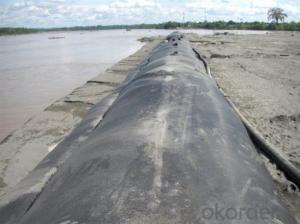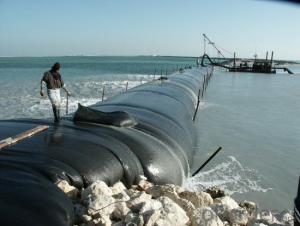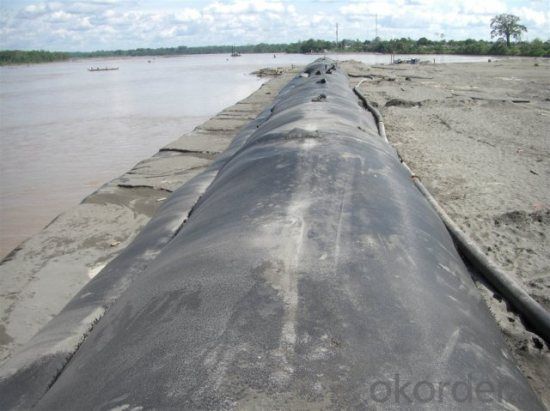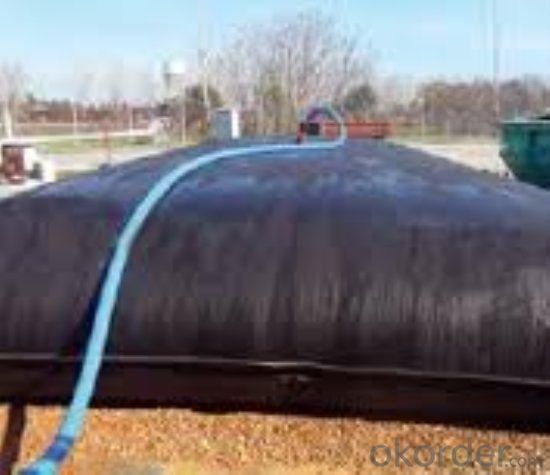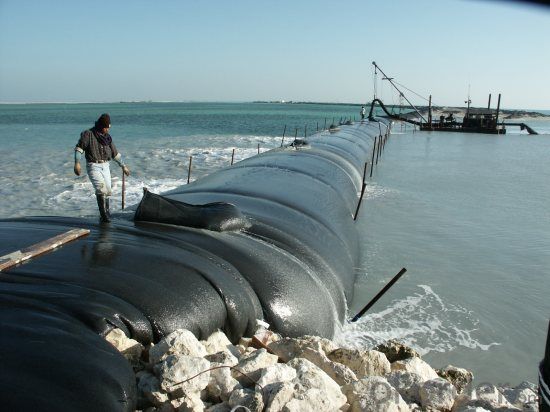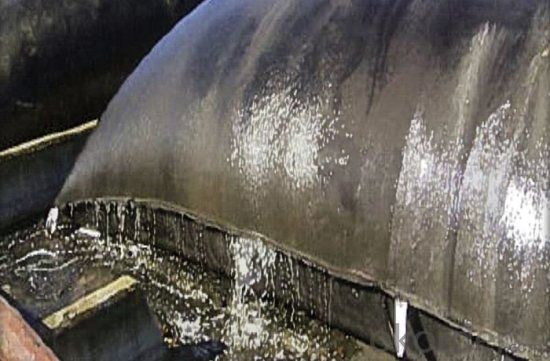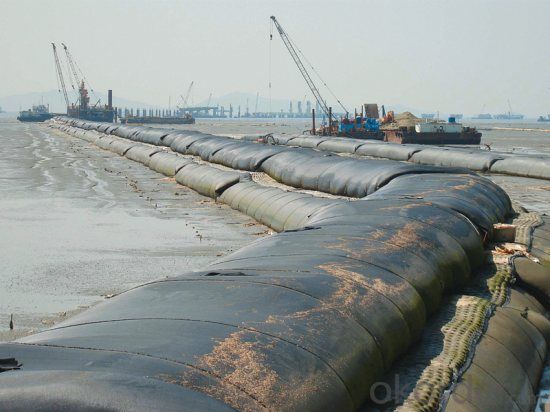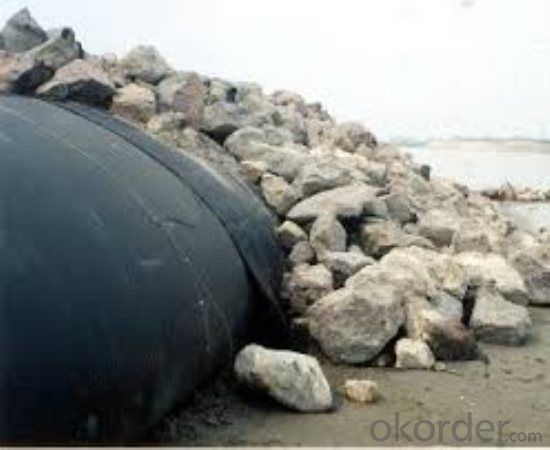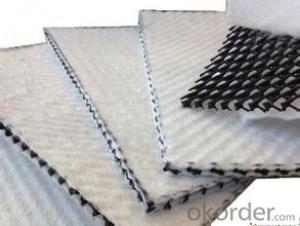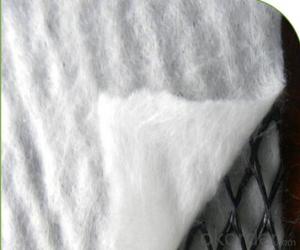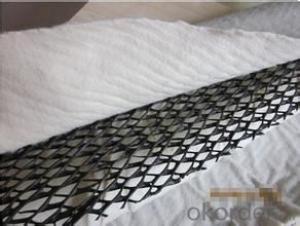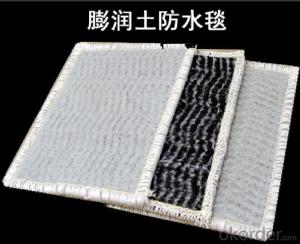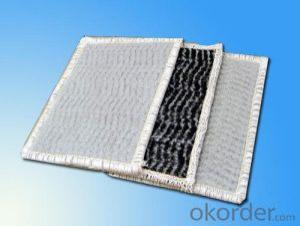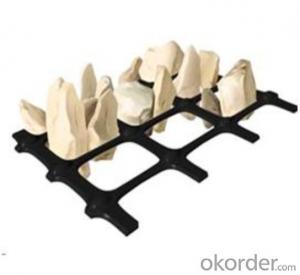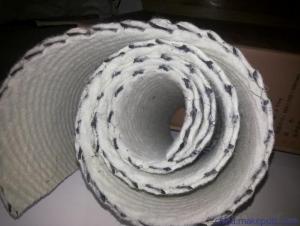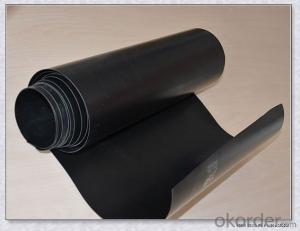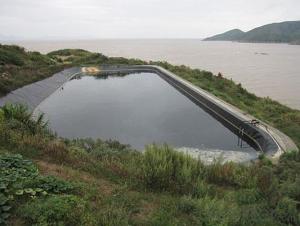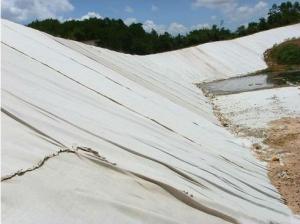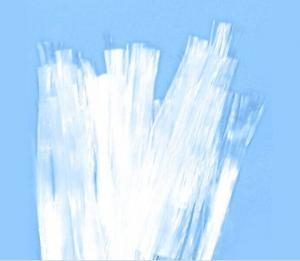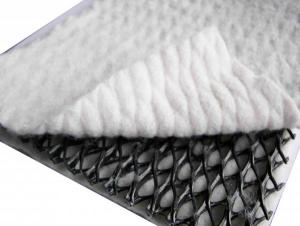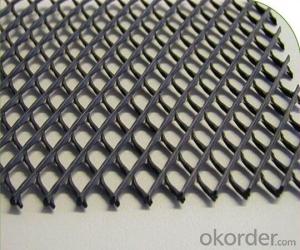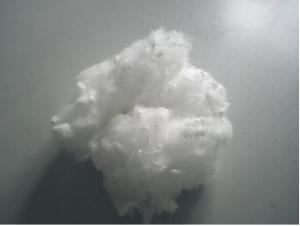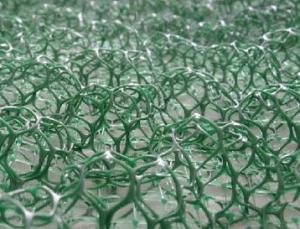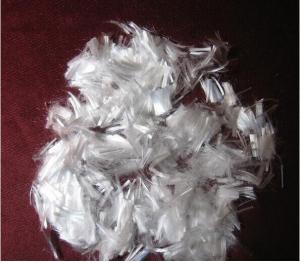Geotube of Double Fabric for Water Control System
- Loading Port:
- Qingdao
- Payment Terms:
- TT or LC
- Min Order Qty:
- 5000 m²
- Supply Capability:
- 100000 m²/month
OKorder Service Pledge
OKorder Financial Service
You Might Also Like
Geotube of Double Fabric for Water Control System
Description Of Geotube of Double Fabric for Water Control System
Geotube is made from double fabric ,Water contaminated with sediment, contaminated solids, or other difficult to treat particles can all be effectively treated and separated through cost-effective dewatering process utilizing dewatering chemistries and technology.
Main Features of Geotube of Double Fabric for Water Control System
1. Excellent physical and mechanical performance
2. High tearing resistance
3. Good deformation adaptability
4. High puncture resistance
5. High aging resistance
How Geotube work:
•Containment: High strength permeable geotextiles with uniquely designed retention properties are fabricated into Geotube that can be filled with fine grain sludge, hazardous contaminated soils, or dredged waste materials.
• Dewatering: Excess water drains from the Geotubethrough the small pores in the geotextiles resulting in effective dewatering and efficient volume reduction of the contained material. This volume reduction allows for the repeated filling of the Geotube. In many cases the decanted water is of a quality that can be returned to native waterways or for reuse.
• Consolidation: After the final cycle of filling and dewatering, the retained fine grain materials can continue to consolidate by desiccation because the residual water vapor escapes through the geotextile.
IMages of Geotube of Double Fabric for Water Control System
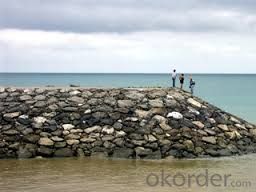
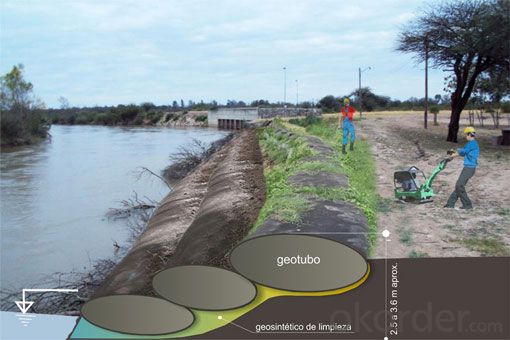
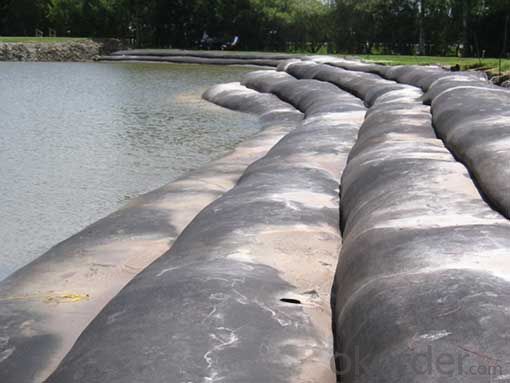
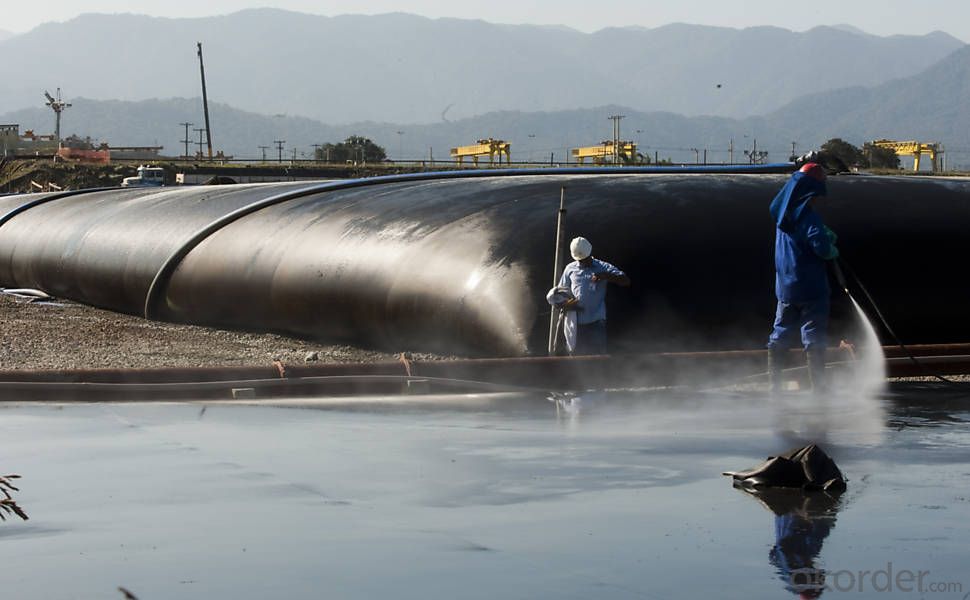
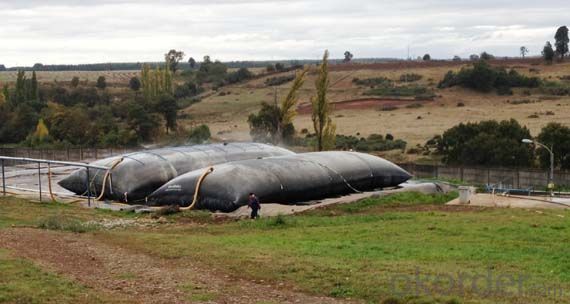
FAQ:
1. What are we supplying?
We are specialized in producing geotextile, geotube , geogrid, geocelda, y geomembrane,y etc
.
2. How Many years experience do we have?
We have been exported to more than 15 countries in the past 10 years.
3. How long do we usually reply your request?
We always reply our customer within 12 hours.
- Q: Can geotextile tubes be used for shoreline protection?
- Yes, geotextile tubes can be used for shoreline protection. They are commonly used in coastal engineering projects to create or strengthen protective barriers along shorelines. Geotextile tubes act as a containment system for soil, sand, or other materials, effectively preventing erosion and reducing wave impact. They offer a cost-effective and environmentally friendly solution for shoreline protection.
- Q: Can earthwork products be used for creating outdoor dining areas?
- Yes, earthwork products can be used for creating outdoor dining areas. Earthwork products such as gravel, pavers, and natural stone can be used to create a solid and functional foundation for outdoor dining spaces. These materials are durable, weather-resistant, and can be arranged in various designs to create an aesthetically pleasing outdoor dining area. Additionally, earthwork products can also be used to build retaining walls, seating areas, and decorative features that enhance the overall ambiance of the outdoor dining space.
- Q: How do gabions help in earthwork projects?
- Gabions help in earthwork projects by providing stability and erosion control. These wire mesh baskets filled with rocks or other materials act as retaining walls or barriers, preventing soil erosion, reducing water flow, and reinforcing embankments. They are easy to install and flexible, allowing for better drainage and preventing the accumulation of water behind the structure. Additionally, gabions can be used for slope protection, landscaping, and improving overall aesthetics in earthwork projects.
- Q: What are the benefits of using earthwork products in roadways?
- Using earthwork products in roadways offers several benefits. Firstly, these materials are cost-effective as they are readily available and often obtained from local sources. This reduces transportation costs and helps in minimizing project expenses. Secondly, earthwork products, such as gravel or crushed stone, provide a stable foundation and improve the overall strength and durability of the road. They also enhance drainage capabilities, preventing water accumulation and reducing the risk of damage caused by erosion or waterlogging. Additionally, these materials are environmentally friendly, as they can be reused or recycled, reducing the demand for new resources. Overall, incorporating earthwork products in road construction results in more efficient, cost-effective, and sustainable roadways.
- Q: What are the types and properties of commonly used civil engineering materials?
- Classification by material source According to the material source, can be divided into natural materials and man-made materials. The man-made materials can be metallurgical, kiln (cement, glass, ceramics, etc.), petrochemical and other materials manufacturing sector to classify.
- Q: Can earthwork products be used for creating play areas for children?
- Yes, earthwork products can be used for creating play areas for children. These products, such as sand, gravel, and mulch, can provide a safe and natural surface for children to play on. Additionally, earthwork materials can be used to create landscaping features like mounds or hills, which can add an element of fun and adventure to the play area.
- Q: Are there any specific earthwork products available for railway projects?
- Yes, there are specific earthwork products available for railway projects. These products include but are not limited to ballast, sub-ballast, geotextiles, geogrids, and retaining walls. These materials are essential for ensuring the stability, drainage, and overall integrity of railway tracks and embankments.
- Q: How do earthwork products contribute to erosion control?
- Earthwork products, such as geotextiles and erosion control blankets, play a crucial role in erosion control. Geotextiles act as a barrier against soil erosion by stabilizing the soil and preventing its movement. They also allow water to pass through while retaining the soil particles, which helps in reducing erosion caused by water flow. Erosion control blankets, on the other hand, offer immediate protection to bare soil surfaces by holding the soil in place and providing a barrier against wind and water erosion. Overall, these earthwork products help to mitigate erosion by improving soil stability, reducing water runoff, and protecting the soil from the damaging effects of natural elements.
- Q: What are the advantages of using geocells in landslide prevention projects?
- Geocells offer several advantages in landslide prevention projects. Firstly, they provide a stable and reinforced foundation by confining soil particles, preventing erosion and enhancing slope stability. Secondly, the cellular structure of geocells allows for efficient water drainage, reducing the build-up of excess water that can trigger landslides. Additionally, geocells are cost-effective compared to traditional methods, as they require fewer materials and are easier to install. They are also highly versatile, adaptable to various terrains and soil types. Lastly, geocells are environmentally friendly, as they promote vegetation growth and reduce the need for excessive excavation or the use of harmful chemicals.
- Q: What are the advantages of using geotubes for beach erosion control?
- Geotubes offer several advantages for beach erosion control. Firstly, they are cost-effective compared to traditional methods like seawalls or sand replenishment. They require less maintenance and are easier to install and remove, making them a flexible and efficient solution. Geotubes also provide better protection against wave action, as they absorb and dissipate energy, reducing erosion and preventing further damage to the beach. Additionally, they can be filled with locally available materials, minimizing environmental impact and promoting sustainability.
Send your message to us
Geotube of Double Fabric for Water Control System
- Loading Port:
- Qingdao
- Payment Terms:
- TT or LC
- Min Order Qty:
- 5000 m²
- Supply Capability:
- 100000 m²/month
OKorder Service Pledge
OKorder Financial Service
Similar products
Hot products
Hot Searches
Related keywords
